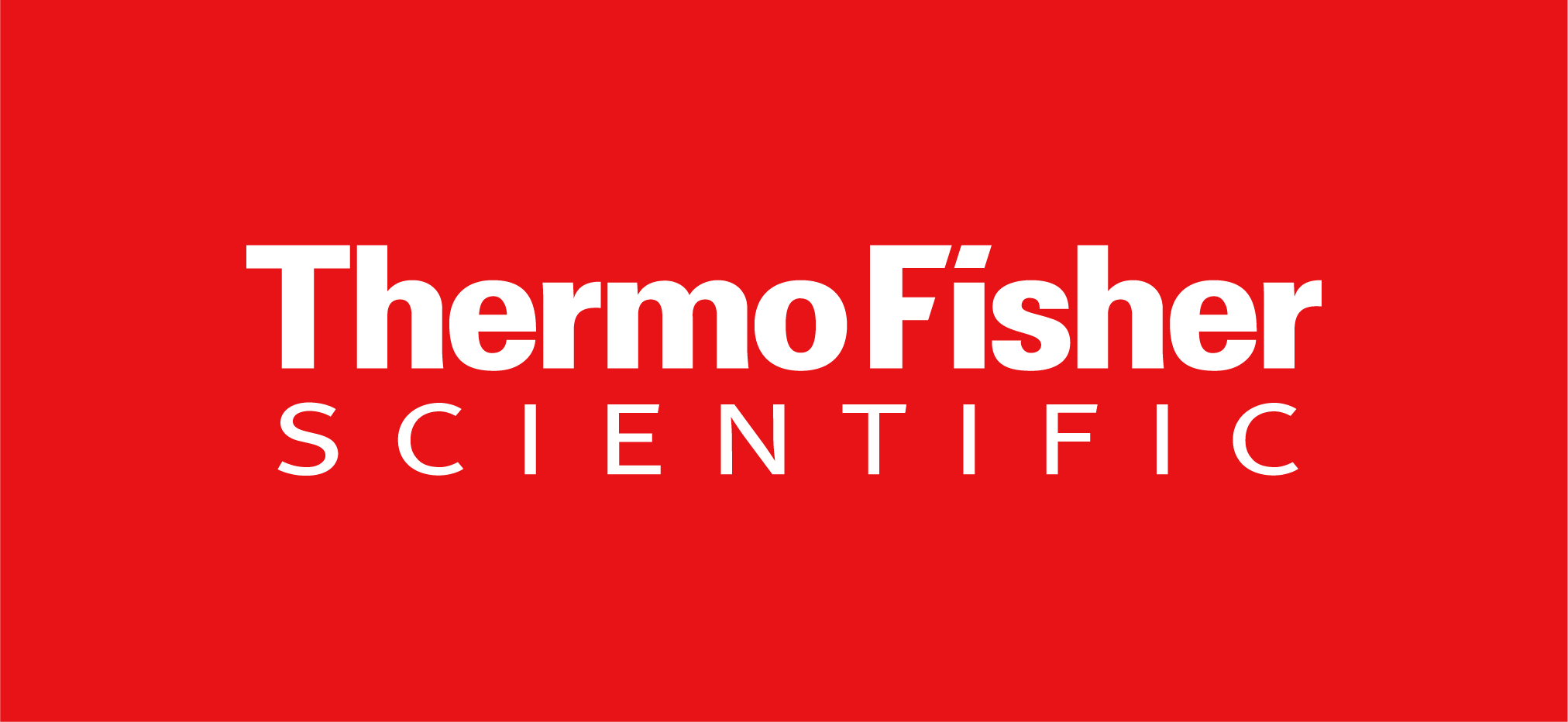
Video Highlight
Guest Profiles

Luther King Abia Akebe
Associate Professor in Applied & Environmental Microbiology at the University of KwaZulu-Natal.
Noteworthy: His research focuses on, but is not limited to, antimicrobial resistance in the environment and how this relates to resistance in humans and animals. This is done using a One Health approach and involves phenotypic and genotypic techniques.
Where to find him: LinkedIn
Key Insights

We can't limit ourselves to only humans and animals to fight diseases and cure illnesses. To cure diseases and illnesses, we need to understand how the environment, humans, and animals intersect. Professor Akebe explains, "We get that whole cycle that starts again. It [waste] leaves from our homes. It leaves from our hospitals. It gets into the treatment plants, gets into the river. It is used to irrigate our crops, goes back to the animals, and you see the whole vicious cycle continue. So that is where we now say that to solve that issue, we can't
just limit ourselves to humans. We can't limit ourselves to animals. We can't limit ourselves to the environment. We need to have those three compartments coming together."
The challenges of working as a microbiologist in a rural community. Having traveled to many of Africa's remote places, Professor Akebe believes that the continent's environment can expect a positive change in the future. He talks about what it's like working as a microbiologist in these rural communities: "The major challenge of working in a rural community is it limits, first of all, the quality; it doesn't compromise, but it limits based on the objective. It limits the quality of work you can do because you want to go cheaper. You have everything that you want, you know that you can get it, but it becomes a little expensive now because you can surround the facility, and so, you have to outsource."
Giving back to the community by educating them. According to Professor Akebe, we need to help our communities understand our research. He says, "One of the things I'm doing now is that I'm working with one of my mentors in the US…and we are trying to see how to translate this whole concept of One Health and antimicrobial research and antimicrobial resistance into cartoons. We will translate them into cartoons so that even our kids who are watching TV can learn from that. So any form in which such messages can go out to the community, for me, is the best because I feel like it's unfair for the communities where we do research to not understand what we are doing."
Episode Highlights

Plans to be a medical doctor eventually turned into becoming a doctor in microbiology
"I had to do this whole presentation on environmentally-transmitted infections, and boom, the lights came up, and I'm like, ‘I can't be a medical doctor because I don't have the money to go to medical school. But if I can prevent infections from leaving the environment and getting into people, or if I can understand how they jump from humans or from the environment to people, then I can still help people.’ So that is how I came into this field of environmental microbiology."
Using genetics to understand a complex microbiome mechanism
"When we now do our phylogenomics — which allows us to relate our environmental isolate with clinical isolate and animal isolates and to see if they cluster together — at times, we do compare with isolates from our same environment. And at times, we isolate from different parts of the world to see if that is what has been happening. And we usually see that link coming in, where we see an animal isolate clustering with a human isolate clustering with an environmental isolate — there’s almost a 95% to 100% correlation."
Real-time PCR helps create a quick characterization and develop a quick hypothesis
"Real-time PCR comes in very handy because it helps me multiplex, which is running about three to four genes within my same tube and within the same reactions, and identifying that this is E. coli and separating the various E. coli into the various prototypes and getting the results within the same time. So you see, real-time PCR has really come in to make life easier for me in that sense."

